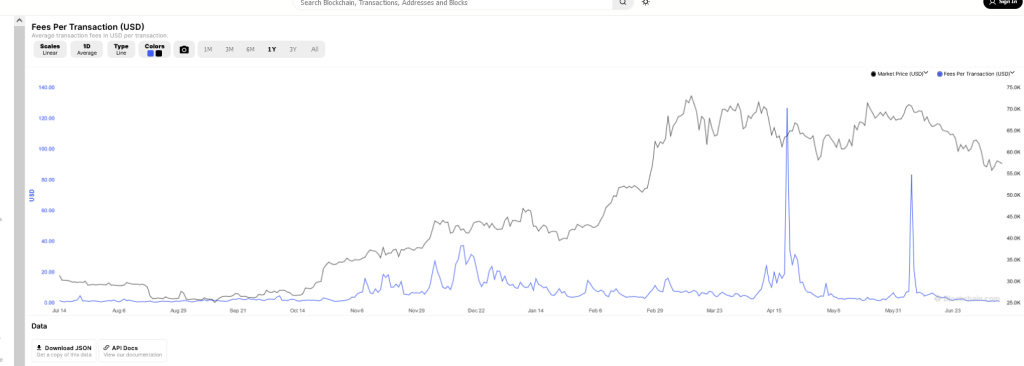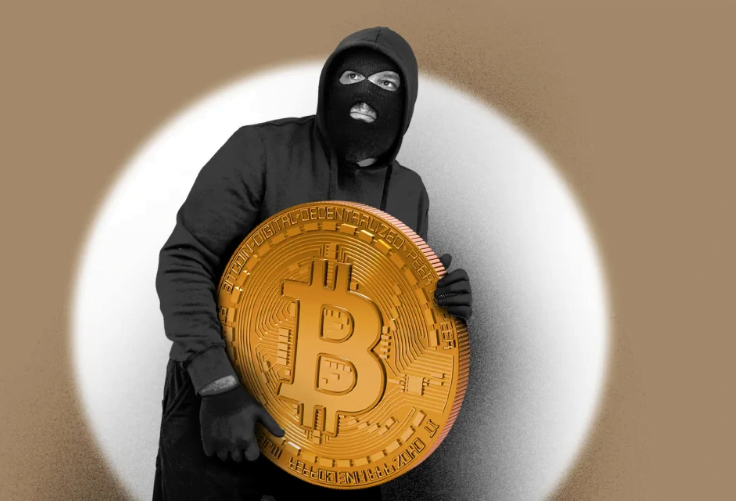Bitcoin, Solana, Ethereum, and even Cardano are slowing down following sharp price contractions in the past few days. The price drop means enthusiasm is punctured, negatively impacting on-chain activity.
Runes Taking Over Bitcoin
However, as the crypto market recovers from the sting of last week, it is emerging that the Runes Protocol is taking over the Bitcoin network. Its creator claims that Runes, which releases a new token minting standard on the Bitcoin network, is responsible for 69.1% of all transactions in the past 24 hours.
This means that only about 40% of all other transactions were from users keen on moving capital from one address to another. Bitcoin is designed to enable the borderless transfer of funds cheaply and efficiently.
This was the case until the Taproot upgrade, which meant to scale the Bitcoin network and make transactions more private. However, the update also led to a flaw that opened a vector for users to store files, including images or audio, on-chain.
For this reason, the number of inscriptions on the network boomed in 2021, coinciding with the NFT boom. Since the Bitcoin Halving on April 20, more Runes have been “minted” on-chain despite decreasing the number of transactions processed over the past three months.
Users can mint non-fungible tokens (NFT)-like inscriptions—stored on-chain through Runes. This is possible because the standard takes advantage of the network’s structure.
The protocol leverages Bitcoin’s UTXO model and introduces improvements that allow users to mint and manage inscriptions efficiently. The standard enhances BRC-20 by introducing a 13-character limit for ticker symbols and reducing the number of steps for users seeking to mint tokens. For this reason, there is a significantly lower “on-chain footprint,” leading to less spam.
Rising BTC Transaction Fees Benefit Miners
Still, whether more Runes will be minted going forward remains to be seen. The spike in the number of inscriptions, especially on platforms like Bitcoin, which inherently lacks smart contracts, has been blamed for rising transaction fees.


At spot rates, the average transaction fee is down but still above $1, according to Blockchain.com. It has dropped since April 20, when users scrambled to inscribe their items on the Halving block, pushing transaction fees above $50.
Though frowned upon in some quarters, the rise of Runes and inscriptions on Bitcoin is welcomed by miners now that revenue was slashed by half after April 20. The more transactions posted, the higher their revenue since every block, regardless of the inscription density, is confirmed and added to the longest chain.
Feature image from Canva, chart from TradingView














